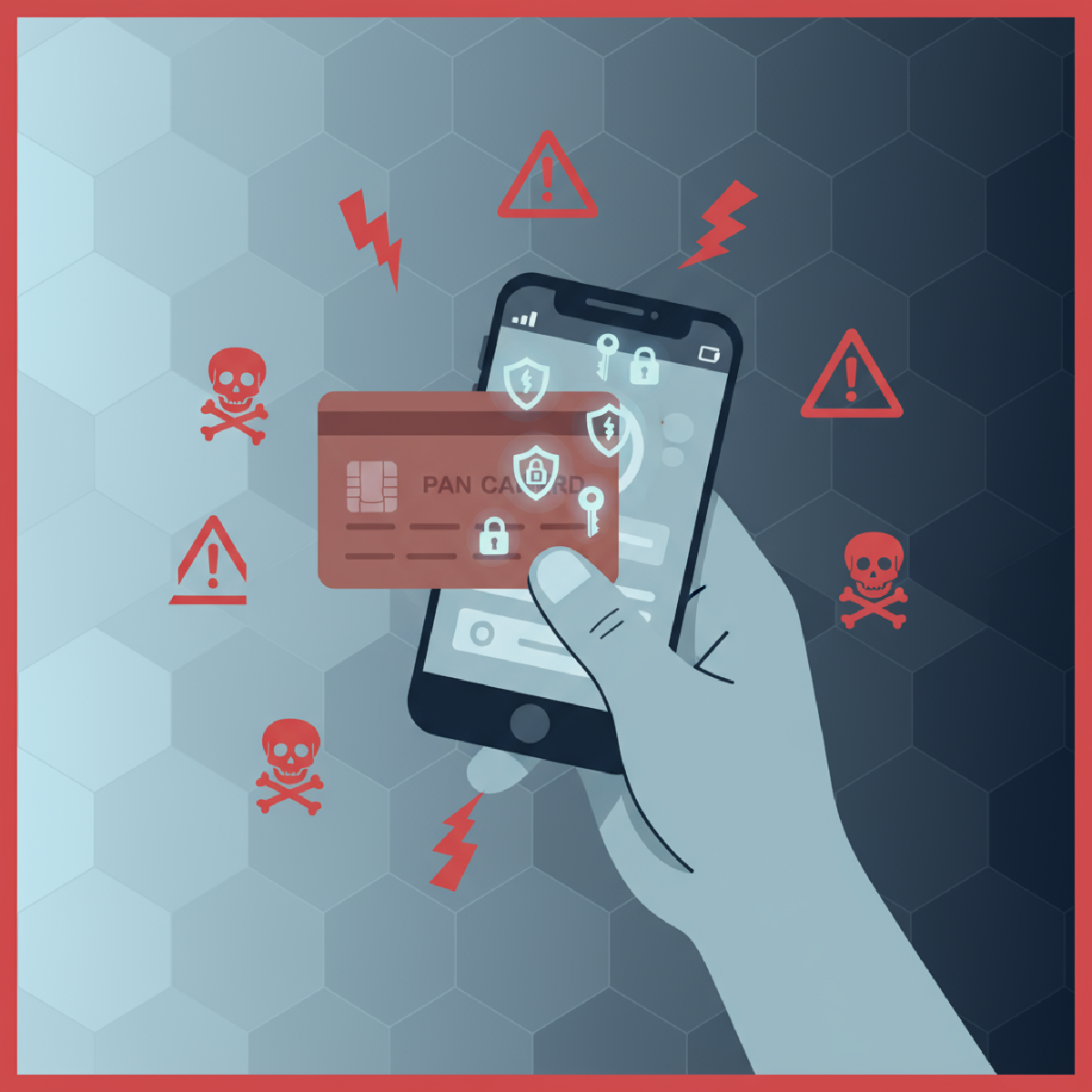My Story: How I Got Scammed#
A few days ago, I received a phone call from an unknown number. The person on the line introduced himself as an officer from Bandhan Bank and told me that my PAN card needed to be updated. At first, I was cautious and refused to share the OTP (One-Time Password) sent to my phone.
But the caller was persistent, using pressure and urgency to convince me. Eventually, I gave in and shared the OTP. Almost immediately after the call, I discovered that my Fixed Deposit of ₹85,000 had been prematurely broken, and the money was deducted from my bank account.
How the Fraud Happened:#
- Unsolicited Call from an Unknown Number:
The fraudster called from an unknown number, posing as a bank official. They used a professional tone and claimed to be assisting with a routine update, such as PAN card verification.
- False Claim of PAN Card Update:
The caller created a sense of urgency by stating that the PAN card needed to be updated immediately to avoid issues with the bank account. This tactic pressured the victim into cooperating.
- Request for OTP:
The fraudster sent an OTP to the victim’s phone and repeatedly asked her to share it. Despite initial resistance, the victim eventually shared the OTP due to the caller’s persistent pressure.
- Unauthorised Financial Transaction:
With the OTP, the fraudster gained access to the victim’s bank account, broke her Fixed Deposit prematurely, and transferred the funds to another account.
Warning Signs: When to Exercise Caution#
🔴 Unexpected Call: Receiving a call from an unknown number claiming to be from a bank.
🔴 Urgent PAN/Account Update: The caller insists on immediate action regarding personal documents or account details.
🔴 Pressure to Share OTP: Persistent urging to reveal One-Time Passwords or other sensitive information.
🔴 Manipulative Tactics: Using fear, urgency, or authority to push compliance.
How to Protect Yourself:#
- Never Share OTPs:
- Banks or financial institutions will never ask for OTPs over the phone.
- Treat OTPs as confidential and never share them with anyone, no matter how convincing the caller sounds.
- Verify the Caller’s Identity:
- If you receive a call claiming to be from your bank, hang up and call the bank’s official customer care number to verify the request.
- Do not use the phone number provided by the caller, as it could be part of the scam.
- Be Cautious of Urgency and Pressure:
- Fraudsters often create a sense of urgency to pressure you into making quick decisions. Take your time to verify the situation before taking any action.
- If the caller insists on immediate action, it is likely a scam.
- Educate Elderly Family Members:
- Elderly individuals are often targeted by scammers. Educate them about common fraud tactics and advise them to consult a trusted family member before sharing any information.
- Encourage them to report suspicious calls to you or the bank immediately.
- Monitor Bank Accounts Regularly:
- Regularly check your bank statements and transaction history for any unauthorized activity.

